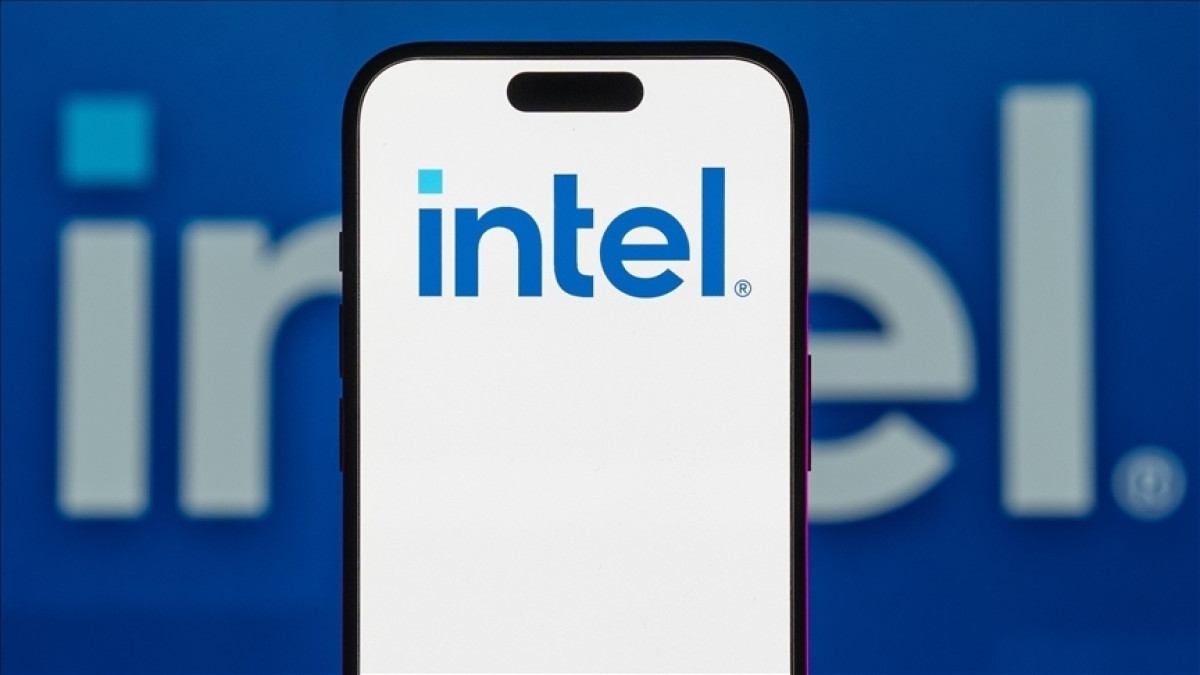US Strategic Move: Strengthening National Chip Leadership with Intel
With growing vulnerabilities in global supply chains and geopolitical competition, the United States is accelerating efforts to keep high-tech semiconductor manufacturing within its borders. In this regard, it is one of the largest chip manufacturers in the country Intelis at the strategic focus of the Washington administration. Following discussions under US President Donald Trump, including the acquisition of 10 percent of Intel shares, this support has now evolved into a much more comprehensive and multidimensional national strategy. This strategy is not limited only to financial incentives, but aims to guarantee the country's technological dominance and economic competitiveness in the long term.
The emerging information reveals the depth of the US government's determination on this issue. Washington, only IntelIt will not only be enough to provide the financial resources needed for its massive production facilities; it will also provide the company's newest generation 18A production processes will take an active role in order to provide key customer guarantees for. In this context, one of the leading giants of the industry Apple and Nvidia com empresas como Intel It is planned to conduct interviews on behalf of potential customers. This clearly shows how strategic and direct the government's intervention in the technology sector is.
Strategy from Past to Present: From Financial Support to Ecosystem Installation
U.S. interest in the semiconductor sector is not new, but in recent years the nature and scope of that interest has undergone a dramatic transformation. Previously, Trump administration while IntelA potential for Purchase of 10 percent shares The emergence of the idea had a great resonance in the markets. This type of direct public investment was an indication of how far government intervention in a private company in the line of national interests could go. This approach signaled an unusual intrusion into market dynamics in sectors of strategic importance, marking the beginning of an era in which national security could get in the way of the principle of economic liberalism.
However, the latest information obtained reveals that a much more integrated and sustainable strategy is being adopted, which goes beyond this initial thought. Now the point is not just about providing a financial injection. The Government, IntelIt is focused on building all the ecosystem components necessary to sustain and even increase production capacity on U.S. soil. This is a holistic approach that encompasses not only the financing of production facilities, but also the cultivation of highly skilled labor, the promotion of R&D investments and, most importantly, the creation of a solid market demand for the chips produced. This strategic evolution is a reflection of the desire of the United States to re-establish global leadership in the field of semiconductors and retain control of future technological developments.
Why Advanced Chip Manufacturing Is So Critical The Importance of the 18A Process
Who is in the focus of the news Intel's 18A manufacturing processesrepresents a critical milestone that will shape the future of semiconductor technology. Pointing to the 'Angstrom' scale, the 18A is an ultra-advanced manufacturing node that offers transistor sizes, higher performance and energy efficiency much smaller than current generation manufacturing technologies. These technologies are indispensable for the technologies of the future, such as artificial intelligence (AI), high-performance computing (HPC), advanced mobile devices and autonomous systems. Having a production capability at this level directly affects a country's competitiveness in the digital economy and is vital for national security.
Establishing and operating these advanced production facilities requires huge capital investments, many years of R&D and a highly specialized workforce. Factory (fab) installation costs can run into the tens of billions of dollars, while operational costs and process optimization are similarly intense. Therefore, the support of the US government in this area is not only Intel It is a strategic investment not for, but for the entire US economy and technological ecosystem. 18A The production of pioneering technologies such as the U.S. will reduce the country's dependence on Asia in chip manufacturing, increase resistance to supply chain shocks, and give the U.S. a significant edge in the race for global technological leadership.
Beyond Financial Incentives: The Mission to Generate Market Demand
The US government IntelIts strategy goes far beyond traditional fiscal incentives. In the semiconductor industry, a continuous and guaranteed customer base is needed so that a new manufacturing facility can recoup billions of dollars of investment and become profitable. specifically 18A For new and risky technologies such as this situation becomes even more vital. At this point, the United States government steps in Apple and Nvidia with the largest chip consumers in the industry such as Intel The plan to conduct interviews on his behalf is one of the most striking and innovative aspects of the strategy.
AppleIt has achieved a significant transformation in the industry by designing its own processors and constantly needs the most advanced technology for the production of these chips. Likewise, the undisputed leader of the artificial intelligence and graphics processor (GPU) market Nvidiais constantly in search of the latest manufacturing processes for high-performance chips across a wide range from data centers to autonomous vehicles. These two giants Intel's 18A process to be acquired as a customer, IntelIt will de-risk its massive investment in this technology and allow it to rapidly increase production volumes. This mediating role of the government shows that it is positioned as an active market developer and strategic partner, beyond just being a financier. This will also serve as an incentive for US-based tech giants to diversify their supply chains and act in line with national priorities.
Economic and Geopolitical Reflections: A Reshaping Global Chipmap
The success of this comprehensive strategy will have far-reaching and positive effects on the US economy. High-tech manufacturing facilities will not only create thousands of direct jobs for the highly skilled workforce, but also offer hundreds of thousands of indirect jobs in the supplier ecosystem. This will stimulate R&D investments, accelerate innovation and significantly increase the country's total added value. In the long run, U.S. leadership in the semiconductor sector will also fuel innovation in other strategic sectors, contributing to overall economic growth.
From a geopolitical perspective, U.S. efforts to bring chip production to national soil are an important step that will affect the global balance of power. Semiconductors are the linchpin of the modern economy and national security. Reducing external dependence in this area will give the United States greater strategic autonomy and make the country more resilient in the face of potential supply chain disruptions or geopolitical tensions. This move has the potential to reshape the global chip manufacturing map and is part of the goal of consolidating U.S. leadership in technology. Intel This strategic partnership between the government and the government is seen as a critical milestone that will shape not only today, but also future technological and economic dominance of the United States.
Conclusion: A Strategic Partnership for U.S. Technology Dominance
The US government IntelThis comprehensive and multifaceted support goes far beyond a simple economic stimulus. It is a strategic national policy that combines the objectives of national security, economic competitiveness and technological sovereignty. Intel's 18A manufacturing processes The development and commercialization of such groundbreaking technologies in the United States has the potential to redefine the country's position in the global semiconductor industry. The government Apple and Nvidia an effort to involve industry leaders in this process, such as IntelIt offers a long-term assurance of demand and stability to the entire local semiconductor ecosystem, not to. This strategic partnership is a concrete manifestation of the United States' desire to keep its future technological innovation and manufacturing power within its borders and can provide the country with a critical advantage in the global technology race.
⚖️ Yasal Uyarı:Bu içerik yatırım tavsiyesi niteliği taşımaz. Yatırımlarınızla ilgili kararlarınızı kendi araştırmalarınız ve risk profilinize göre almanız önerilir.
Intel, US government, chip manufacturing, semiconductor, 18A process, Apple, Nvidia, technology strategy, financial incentive, national security, economic competition




















.png)